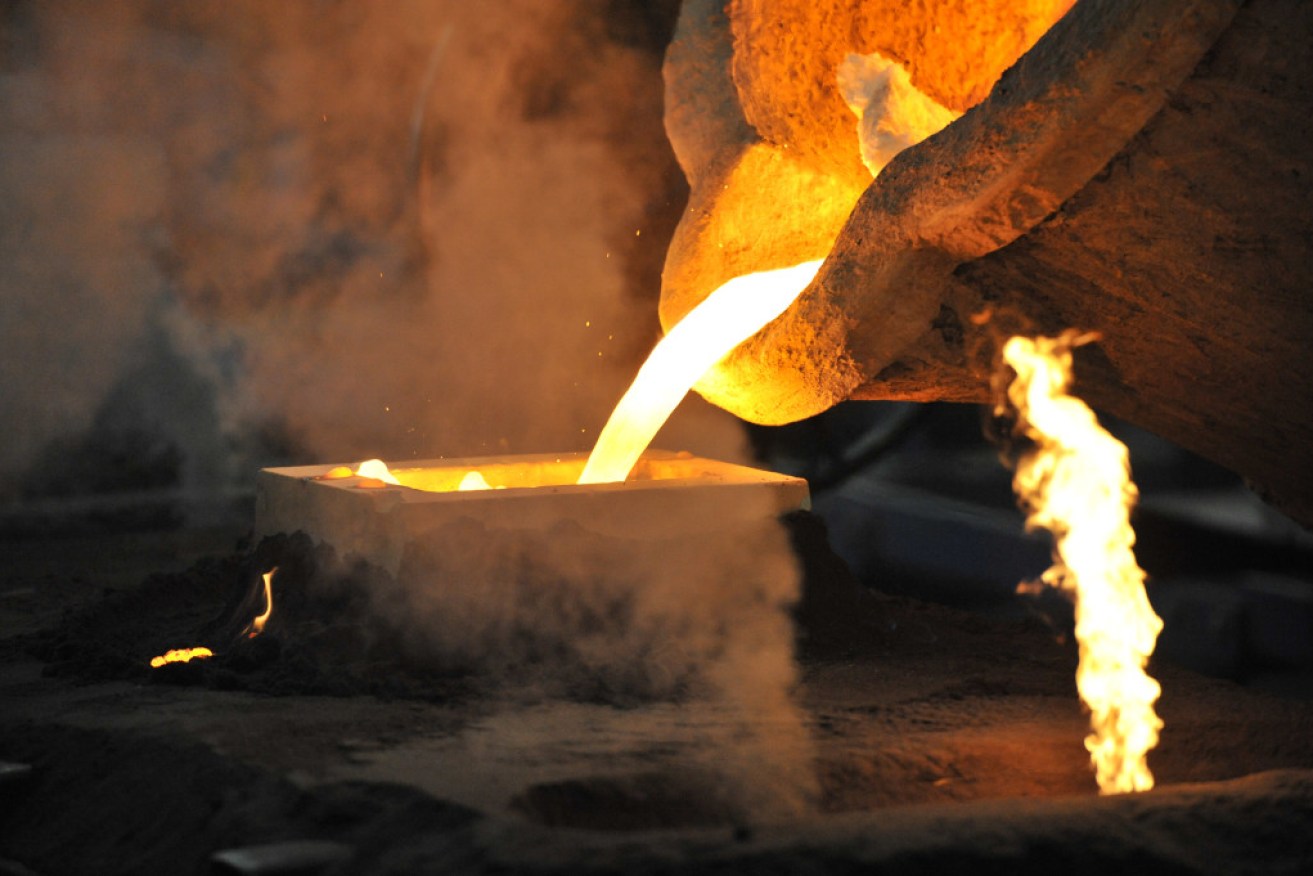Manufacturing activity has fallen for a second consecutive month as the winding down of the car industry overshadowed a big fall by the Australian dollar.
The Australian Industry Group’s Performance of Manufacturing Index (PMI) fell 0.8 points to 46.5 in September.
The reading below 50 indicates a fall in manufacturing activity.
Ai Group chief executive Innes Willox said it would take some time for the impact of the lower Australian dollar to be felt in the manufacturing sector.
The Australian dollar has dropped from 94 US cents in early September to around 87 US cents.
A lower exchange rate helps makes Australian exports cheaper and increases the competitiveness of locally-made goods with imported goods.
“While businesses welcomed the significant correction in the value of the Australian dollar in September, it will take some time before competitiveness in domestic and export markets improves,” Willox said.
“Respondents to the Australian PMI suggested that the winding down of Australian automotive assembly and the ongoing downturn in mining construction activity are dampening demand for locally-made products and components.”
Willox said falls in sales and new orders underpinned the further slowing of manufacturing in September and have left the sector struggling short of the tentative recovery in July.
In July, the index was 50.7, the first monthly increase in manufacturing activity in eight months.
Of the eight manufacturing sub-sectors, only the large food and beverages and the smaller wood and paper products sub-sectors expanded.
The Australian dollar is still levelling off after its recent falls, getting support from some encouraging European economic data.
Early on Wednesday, the local unit was trading at 87.50 US cents, slightly down from 87.55 cents on Tuesday.
Euro zone unemployment remained steady at a near-record 11.5 per cent in August, and the inflation rate eased to 0.3 per cent in September, the lowest in nearly five years, official figures showed.
Bank of New Zealand strategist Kymberly Martin said the data helped the euro rebound and helped support other currencies like the Australian dollar.
“Northern European and Antipodean currencies outperformed,” she said.
Martin said that trade in the Australian dollar is a little cautious ahead of the release of local retail spending figures and Chinese purchasing managers’ index manufacturing data for September.
“The Australian dollar will likely take its cues from Australian data releases and the China PMI,” she said.
“A solid PMI reading would likely benefit the Australian dollar.”





